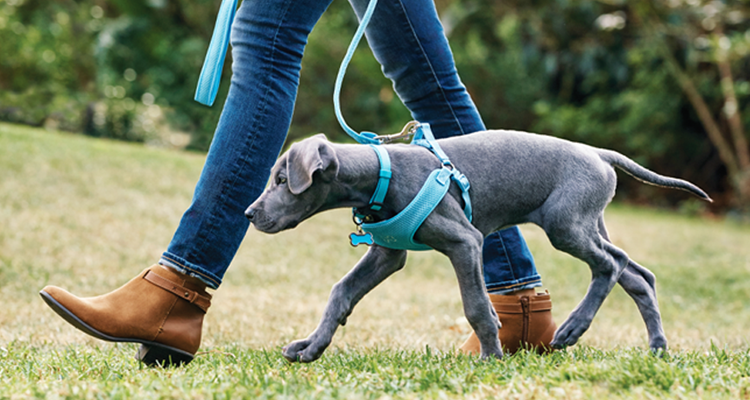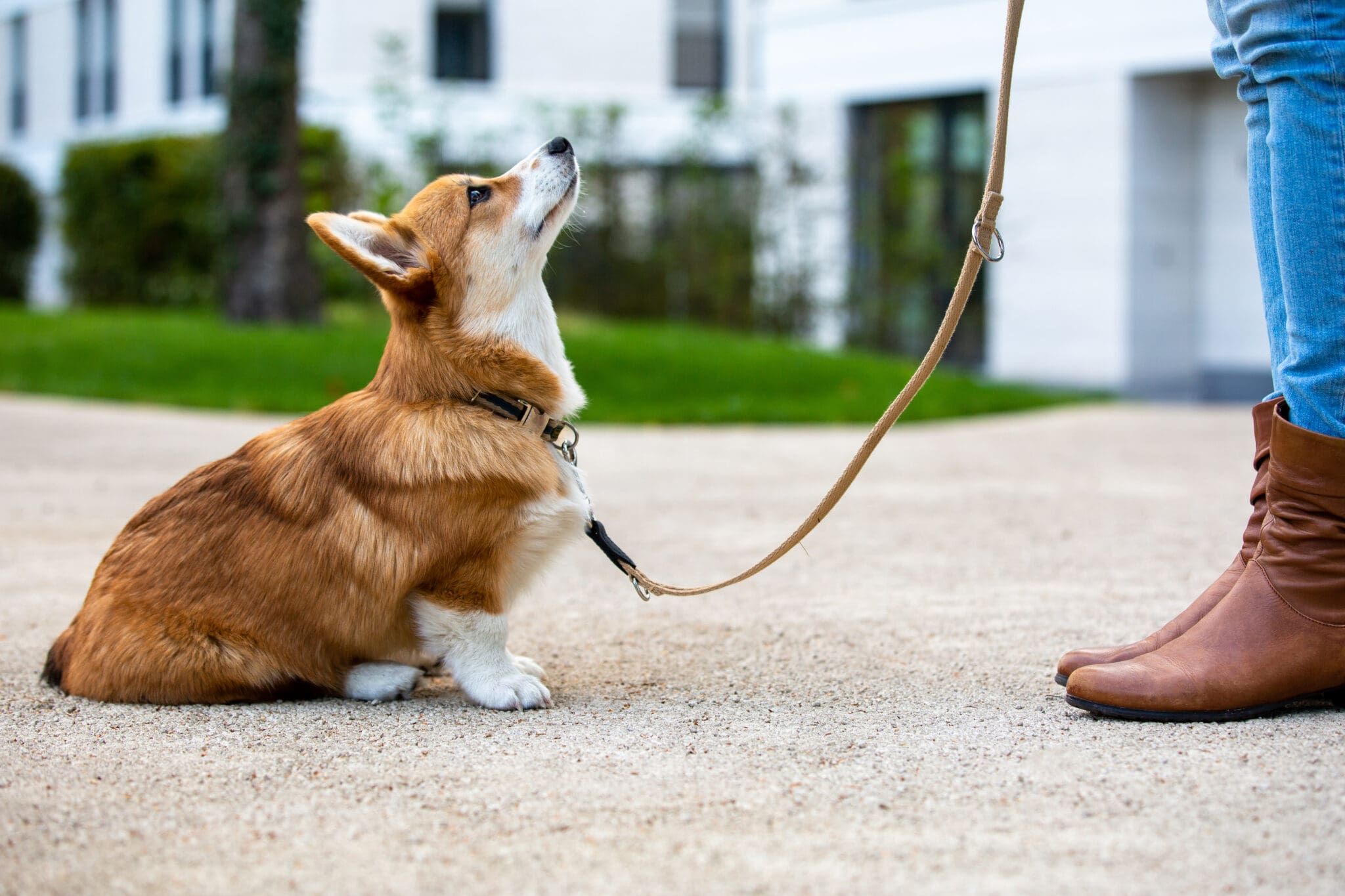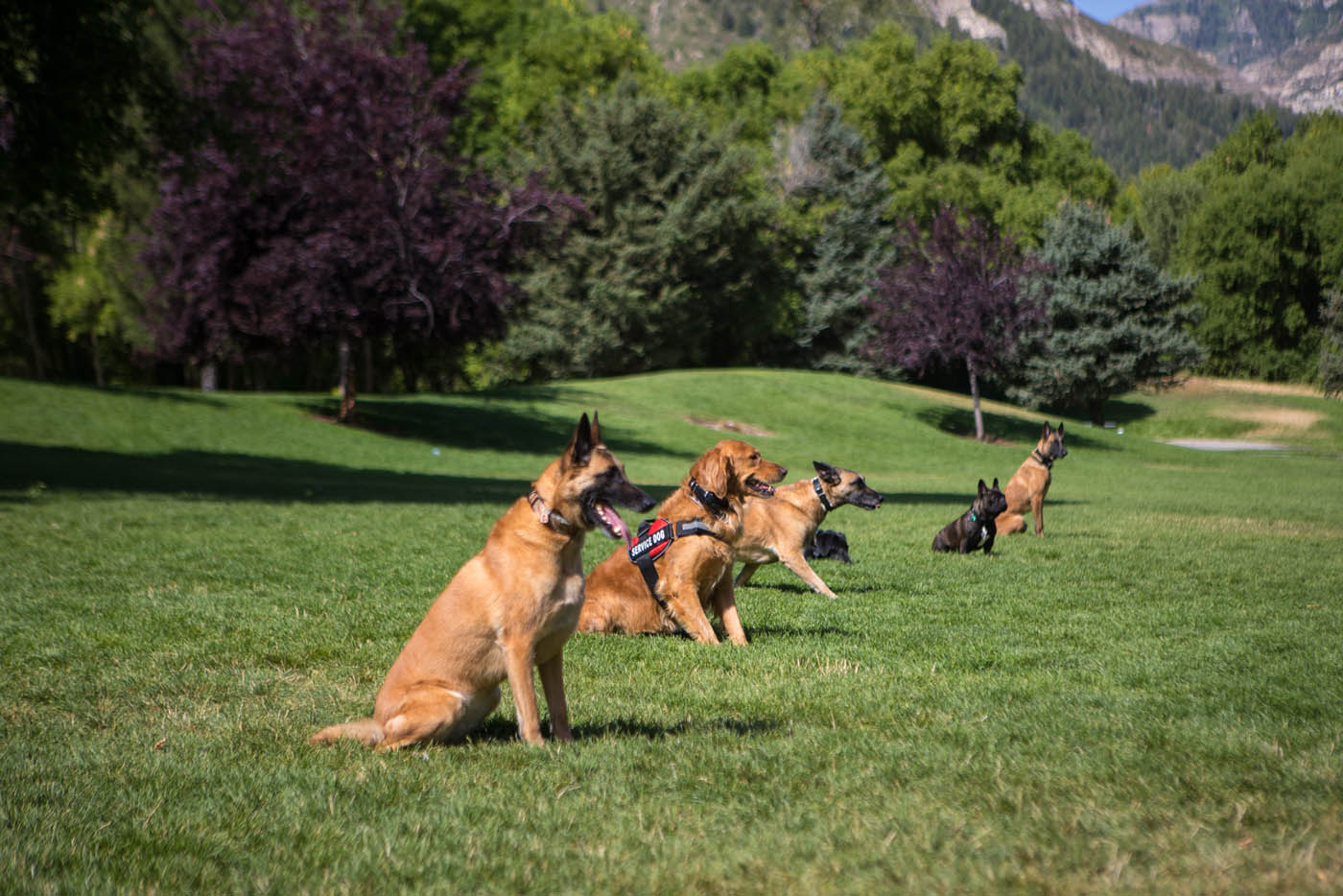How Dog Training Can Improve Your Pet's Quality of Life and Behavior
How Dog Training Can Improve Your Pet's Quality of Life and Behavior
Blog Article
Leading Canine Educating Techniques Every Proprietor Must Know

Favorable Support Strategies
Making use of favorable reinforcement strategies is crucial for reliable dog training, as it fosters a relying on bond in between the instructor and the canine. This technique focuses on rewarding preferable habits instead of punishing unwanted ones, producing an atmosphere conducive to finding out. Benefits can include treats, appreciation, or play, which motivate pets to repeat the actions that make them these rewards.

Additionally, this approach improves the canine's interest for training sessions. When pets associate training with positive experiences, they are extra engaged and receptive. Past instant behavior adjustment, positive support encourages a joint partnership between the canine and fitness instructor, lowering anxiety and worry
To optimize effectiveness, it is critical to supply incentives quickly, making certain the canine attaches the behavior with the support. Essentially, favorable support methods not just yield better-trained pet dogs but likewise advertise a harmonious partnership between canine and owner.
Clicker Training Method
The clicker training method is an extremely efficient strategy that builds upon the principles of positive reinforcement by including an unique audio to mark preferred habits. This technique uses a small portable device that creates a clicking noise, enabling fitness instructors to interact with their dogs in a clear and immediate manner. When a canine carries out a habits that the owner wishes to encourage, the remote control is triggered, adhered to by an incentive, usually in the type of treats or appreciation.
The secret to effective clicker training lies in uniformity and timing. It is crucial to click at the specific moment the wanted behavior occurs, guaranteeing that the pet dog links the sound with the action and the succeeding reward. This technique not only boosts interaction but additionally promotes a more powerful bond between the owner and the pet dog, as it motivates involvement and communication during training sessions.
Remote control training can be put on a variety of commands and behaviors, from fundamental obedience to a lot more intricate tricks. Its convenience and effectiveness make it a preferred method amongst professional trainers and pet dog proprietors alike, leading the way for a well-trained and responsive canine companion.
Leash Training Basics
Efficient leash training is crucial for ensuring a risk-free and satisfying walking experience for both canines and their owners. A level collar might function for some dogs, while others may benefit from a harness that lowers pulling.
Present your pet dog to the leash slowly, permitting them to explore it in a comfortable setting. Once they are accustomed, practice loose-leash strolling. This includes rewarding your canine for strolling close to you as opposed to drawing in advance. Use treats and praise to reinforce desired habits, and be sure to remain assertive and calm.
If your pet begins to draw, stop strolling instantly. In addition, technique numerous strolling environments to assist your canine adjust to diversions.
Routine technique will solidify your canine's understanding of leash decorum. Bear in mind that leash training is a continuous process; patience and uniformity will yield the most effective results, fostering a favorable experience for both you and your canine buddy.
Socialization Approaches
Socialization is a vital aspect of pet training that need to ideally start during puppyhood but can be helpful at any age. Effective socialization helps canines establish self-confidence and lowers the likelihood of behavioral issues. To apply successful socializing techniques, expose your dog to a range of atmospheres, people, and various other pets.
Begin with controlled setups, such as young puppy classes or arranged playgroups, where young pet dogs can engage safely. Gradually introduce your pet to brand-new experiences, consisting of various noises, surfaces, and tasks. Guarantee these experiences are positive and gratifying to click now establish a feeling of protection.
For adult pets or those lacking exposure, start with low-stress situations. Short, positive interactions with pleasant humans and tranquil pets can develop favorable organizations. Use treats and appreciation to enhance desirable habits during these experiences.

Consistency and Perseverance
Recognizing the relevance of consistency and perseverance in pet training is vital for attaining lasting results. Educating a canine is a gradual procedure that requires an organized method and unwavering commitment from the owner. Each command or actions have to be reinforced consistently to assist the pet dog understand what is anticipated of them. Inconsistent training can cause confusion, making it challenging for the dog to understand actions or commands, visit eventually preventing development.
Additionally, patience is an essential part of efficient training. Canines, like human beings, discover at their very own rate. Some might grasp ideas rapidly, while others might take much longer. It is essential for proprietors to remain encouraging and tranquil, strengthening positive behavior without resorting to stress or punishment. This cultivates a trusting connection in between the pet and owner, click over here motivating a more eager and enthusiastic student.
To grow consistency and perseverance, develop a normal training routine, utilize the exact same commands, and guarantee that all relative apply the same training concepts - Dog training. By doing so, you develop a secure setting for discovering, enabling your pet dog to establish and thrive into a mannerly companion
Conclusion
Finally, reliable dog training techniques, such as positive support, clicker training, and proper leash training, are vital for promoting a healthy owner-dog partnership. Additionally, executing socializing techniques and keeping consistency and persistence throughout the training procedure contributes dramatically to a dog's overall health. By integrating these methods, canine proprietors can promote the development of well-adjusted, obedient animals, eventually enhancing the lifestyle for both the pet dog and the proprietor.
Amongst the most prominent approaches are favorable reinforcement, remote control training, and leash training, each offering one-of-a-kind advantages that add to a mannerly canine. As we explore these fundamental techniques, it comes to be noticeable that understanding their nuances can substantially influence the training experience and the dog's overall behavior.Utilizing favorable support strategies is important for effective pet training, as it fosters a trusting bond between the canine and the fitness instructor.In final thought, effective canine training strategies, such as favorable reinforcement, remote control training, and appropriate leash training, are necessary for promoting a healthy and balanced owner-dog connection. By incorporating these methods, canine owners can facilitate the development of well-adjusted, loyal animals, ultimately enhancing the top quality of life for both the proprietor and the pet.
Report this page